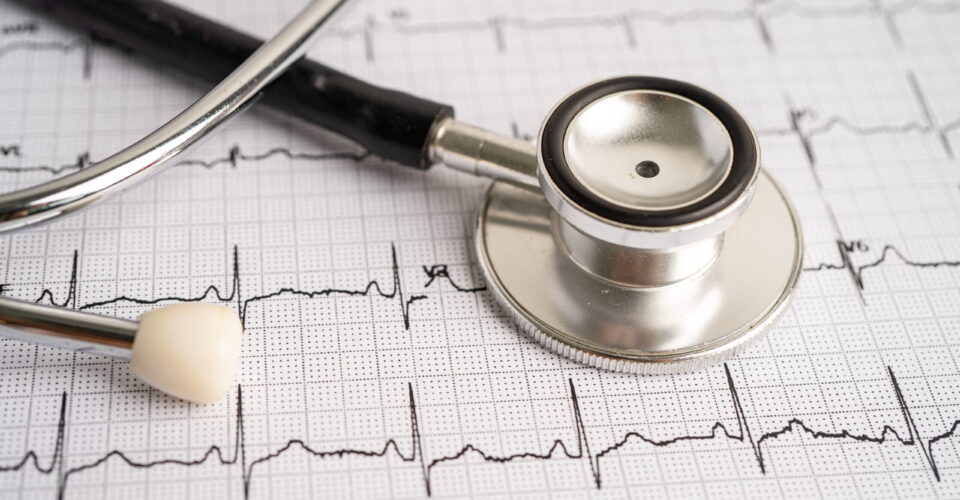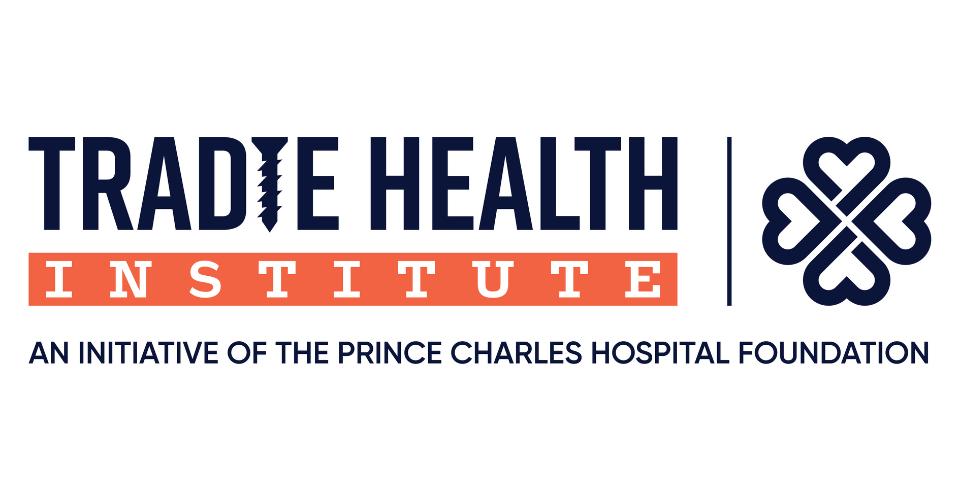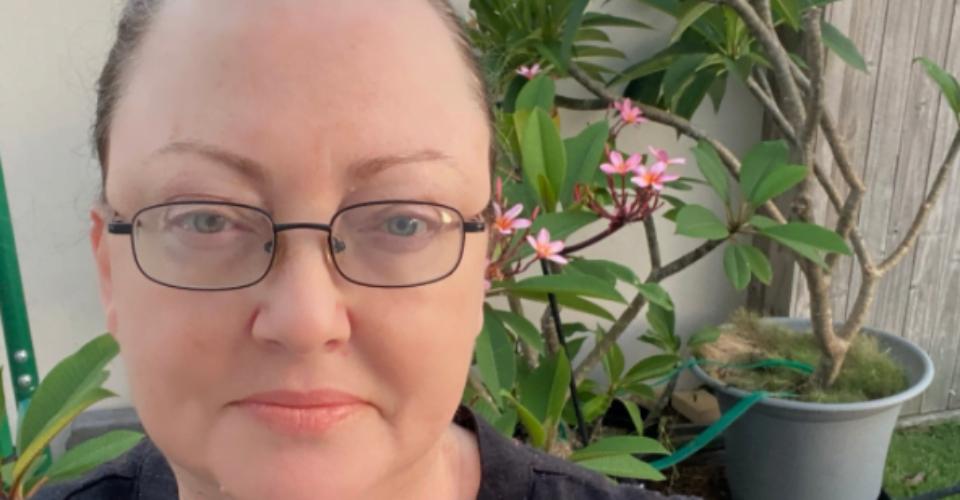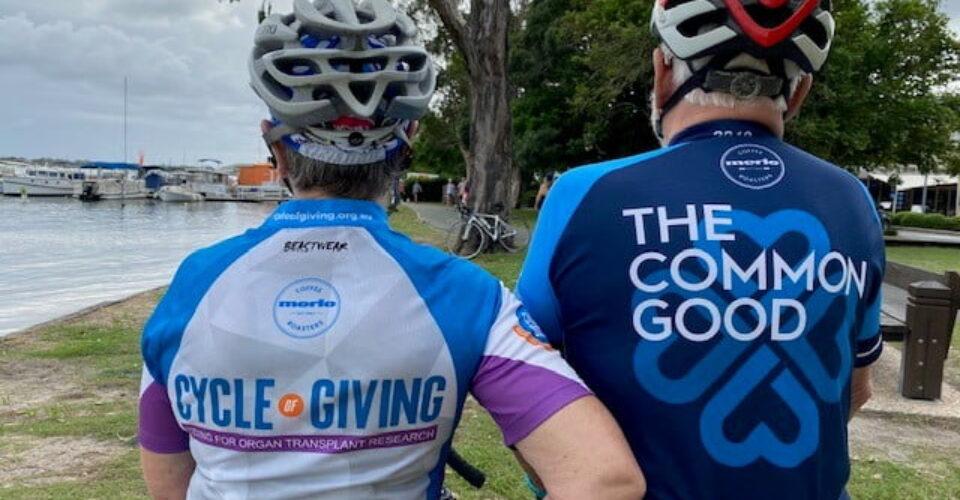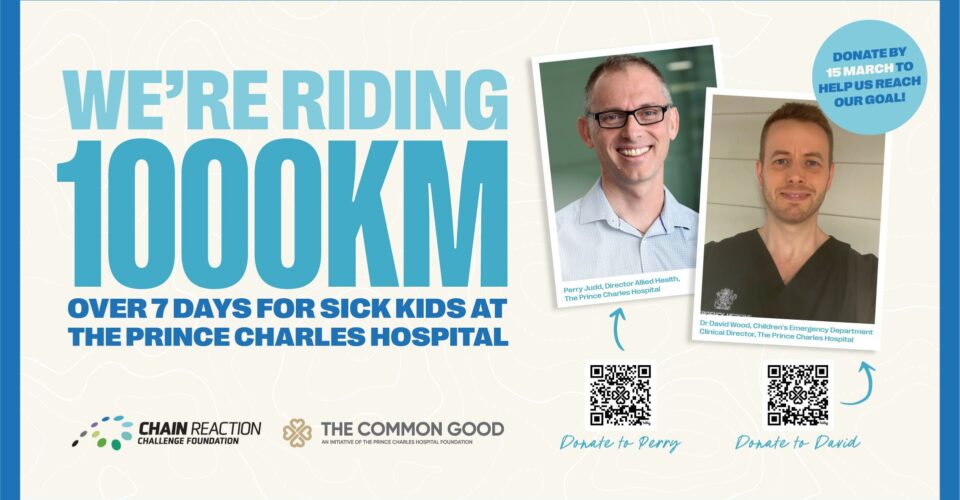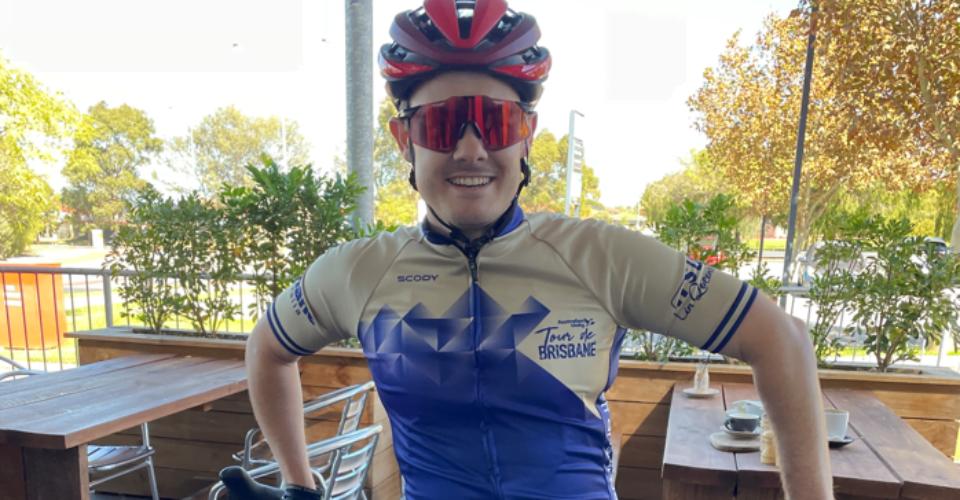Hundreds of thousands of Australians have a heart arrhythmia. In fact, it’s estimated that around half a million people across the country have one of the most common types – atrial fibrillation – alone.
In this blog, we look at what heart arrhythmias are, their symptoms and causes, as well as treatments that may be prescribed.
But before we do, have you ever wondered what makes the heart beat?
Your heart rate is the number of times your heart beats in a minute, and a typical resting heart rate for a healthy adult is between 60 – 100 beats per minute.
Heart rate is not the same as heart rhythm, but they are linked and typically align with one another.
Your heart has an electrical conduction system that controls the speed of the beat and the rhythm or pattern in which it beats. This electrical signal – beginning at the Sinoatrial node (AKA Sinus node or SA node) in the heart’s right atrium, normally fires between 60 to 100 times each minute in a healthy heart.
The SA node is the heart’s natural pacemaker, as it generates electrical stimulus, which travels through the heart’s conduction pathways and triggers first the upper (called the atria) and then the lower chambers of the heart (called the ventricles) to contract and pump blood.
A normal heart rhythm is also called a normal sinus rhythm.
What are heart arrhythmias?
The above heart movement should occur in a consistent rhythm or pattern to ensure the blood pumps effectively.
For some people, that rhythm is:
- Too fast, so the heart doesn’t have enough time to fill with blood in between each heartbeat. Tachycardia is when the heart beats more than 100 times a minute.
- Too slow, so there isn’t enough blood pumped out to the rest of the body. Bradycardia is when the heart beats less than 60 times a minute.
- Irregular
Those abnormal heart rhythms are called arrhythmias.
Types of Arrhythmias
There are several types of arrhythmias, and they range in severity. Some may last for long periods and can be managed, whereas others can occur abruptly and be life-threatening.
- Atrial tachycardia (fast): The electrical signal in the heart’s upper chambers (Atria) begins in an unusual spot and causes a fast heart rhythm.
- Atrial flutter- A disorder in the electrical system that causes the heart to beat too fast but typically at a regular rhythm.
- Atrial fibrillation: also called Afib or AF. When the heart’s upper chambers beat erratically and are not in sync with the heart’s lower chambers, known as ventricles. As the bottom of the heart is out of rhythm with the top, it reduces the heart’s ability to pump blood properly. It’s estimated that more than 2% of the Australian population has this type of arrhythmia.
- Ventricular tachycardia (fast): Irregular electrical signals in the lower chambers of the heart (ventricles) cause the heart to beat faster than it should.
- Ventricular fibrillation (VF or VFib): This abnormal heart rhythm is serious and without immediate treatment, it can cause death quickly. When someone has VF, they experience rapid and erratic heartbeats, and the lower chambers of the heart are unable to pump effectively. This can cause the blood to stop pumping suddenly.
- Bradycardia (slow): When the heart beats fewer than 60 times per minute.
- Ectopic heartbeats: Irregular heart rhythm when your heart contracts too soon causing extra or premature heartbeats.
- Paroxysmal arrhythmias: These irregular heartbeats begin and end abruptly.
Symptoms of arrhythmias
Symptoms will depend on the type of arrhythmia a person has and how long they have had the abnormal heart rhythm.
Sometimes people may not experience symptoms – or may not notice any symptoms. Arrhythmias where people do not notice symptoms are also called silent arrhythmias.
However, if someone has had an arrhythmia for a while, they may experience symptoms due to the heart not pumping blood effectively. Those symptoms may include, dizziness, shortness of breath, fluttering feeling in the chest, angina or chest pain, and fatigue.
As discussed earlier, Ventricular fibrillation is a life-threatening condition that requires immediate medical attention.
Causes of arrhythmias
Electrical abnormalities in the heart that cause arrhythmias may be experienced from birth or brought on by other conditions, including heart conditions such as cardiomyopathy, heart valve disease, high blood pressure and coronary artery disease.
Treating Heart Arrhythmias
Treatment is dependent on the type of arrhythmia a person has been diagnosed with. As such, it is vital that a person receives a proper diagnosis from a medical professional.
Some arrhythmias do not require treatment, but others may need treatment to correct the abnormal electrical signals within the heart. Treatments may include medicines called Beta-blockers, electrical cardioversion, surgical ablation (destroying cells that produce abnormal electrical signals), or implantable devices that can generate a normal rhythm, such as a pacemaker.
